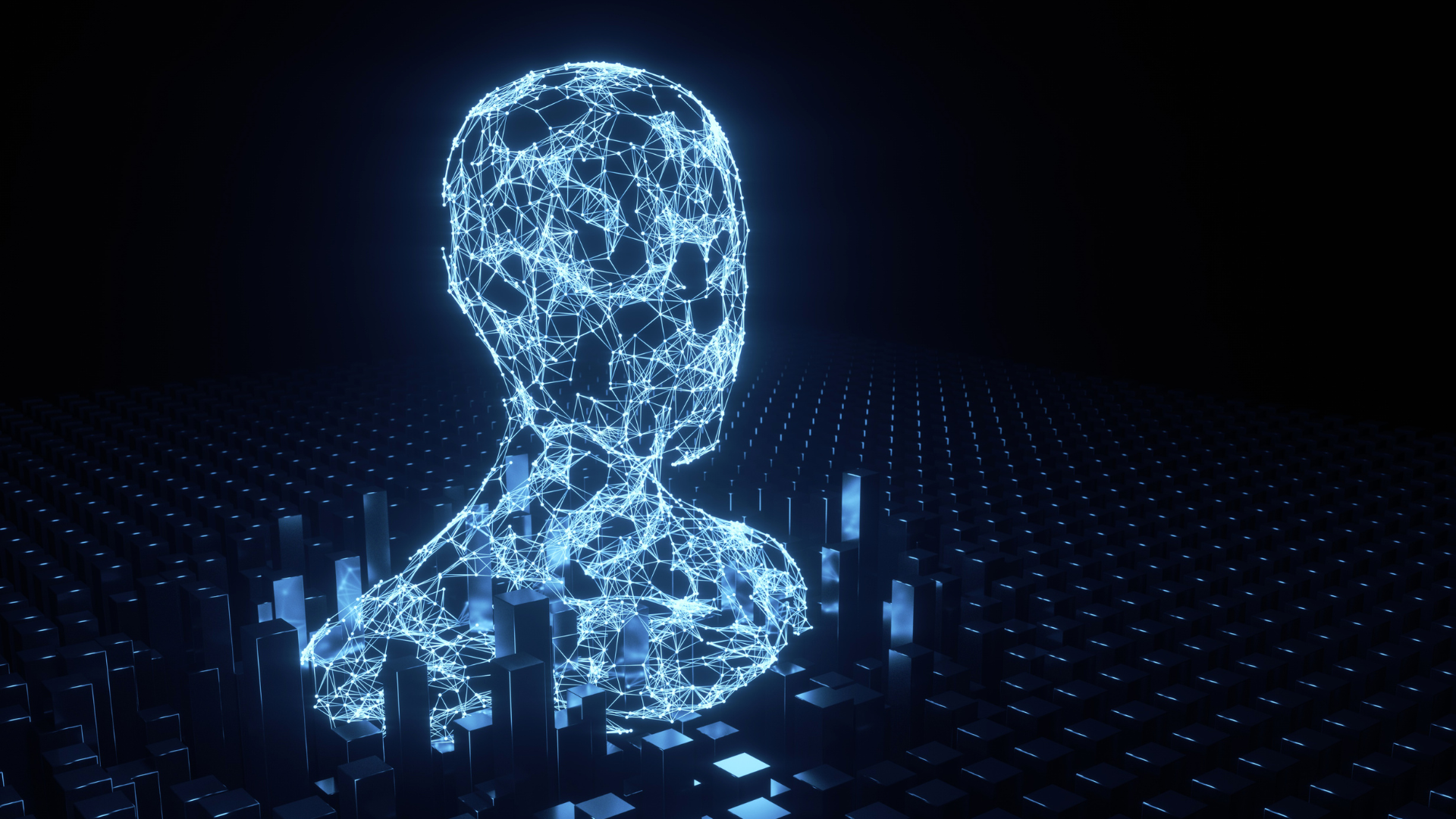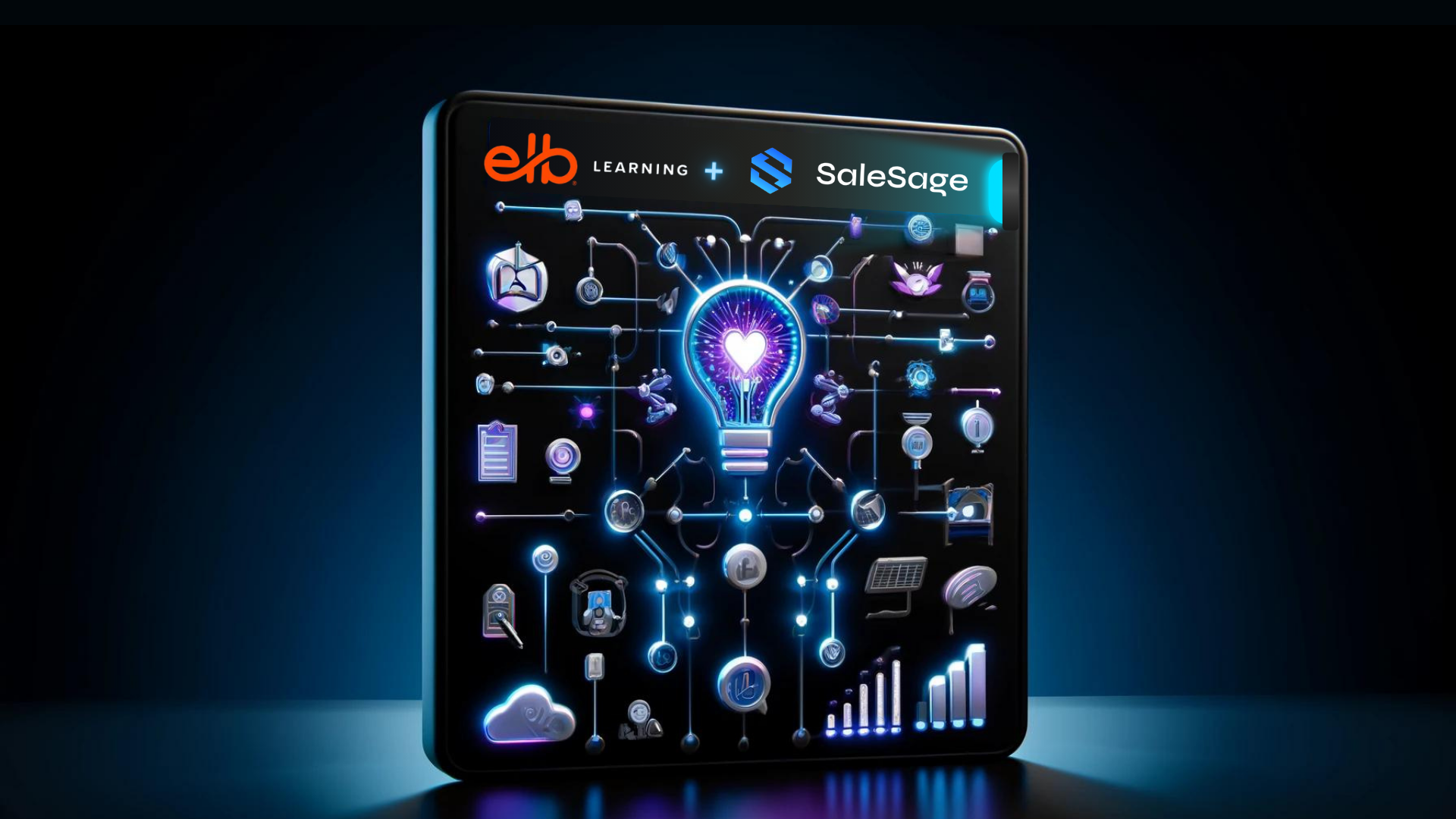AI agents, autonomous entities capable of observing their environment, making informed decisions, and taking action to fulfill specific objectives, have permeated numerous aspects of our modern world. From enhancing customer service with chatbots to optimizing processes in industries, these entities embody a fusion of sophisticated technologies, shaping our present and future digital landscapes.
Understanding AI Agents
Definition and Characteristics
AI agents stand as autonomous entities, functioning and navigating within a specific environment to accomplish designated objectives. Characteristically, they embody several key traits:
- Autonomy: The ability to operate without human intervention, making independent decisions based on programmed algorithms and learned experiences.
- Perception: Utilizing sensors or data input methods to understand and interpret their environment.
- Adaptability: The capacity to learn and modify behavior based on past experiences or newly acquired knowledge.
- Goal-Oriented: Operationally geared towards achieving specific objectives, whether predefined or dynamically identified.
Types of AI Agents
Delving into the myriad of AI agents, we categorize them based on their operational framework and complexity:
Simple Reflex Agents
Reacting to specific inputs with predefined actions, these agents navigate their environment based on direct mappings from situation to action, often without considering the broader contextual implication.
Example: A temperature control system that adjusts the cooling or heating based on pre-set temperature thresholds.
Model-Based Agents
Embedding a model of their world, these agents navigate through their environment leveraging an understanding of it, accounting for the impact of their actions and unseen variables.
Example: A self-driving car using internal models to navigate through varied traffic conditions and environments.
Goal-Based Agents
Functioning with an end-goal in mind, these agents maneuver through environments by evaluating the consequences of their actions, aligning them with goal achievement.
Example: A chess-playing AI that strategizes its moves considering the end goal of checkmating the opponent.
Learning Agents
Not just confined to their predefined knowledge or programming, learning agents evolve by absorbing new information, adapting, and refining their operational strategies dynamically.
Example: A recommendation engine that evolves its suggestions by continually learning from user behavior and preferences.
Utility-Based Agents
These agents decide their actions based on a utility function that measures and compares the usefulness or worth of different states, optimizing towards states with the highest utility.
Example: A stock trading bot that analyzes and decides which stocks to buy or sell to maximize financial returns based on a utility function.
Spectrum of Functionality
The functionality of AI agents stretches across a spectrum, navigating from simplistic, rule-based operations to complex, adaptive, and predictive maneuvers. The diverse typologies of AI agents embody varied levels of complexity, adaptability, and predictive capability, aligning their strategies with environmental demands and objectives.
Components of AI Agents
An AI agent operates in an environment where it performs actions to achieve specific objectives, driven by a concoction of intertwined components. Here’s a detailed breakdown:
Perception
AI agents perceive their environment through mechanisms akin to human senses. However, instead of eyes, ears, and skin, agents use sensors and data input methods to gather information. For instance, visual perception can be achieved through cameras or image data, while text can be interpreted through natural language processing (NLP). This perceptual input is then translated into a form that enables the agent to process and interpret it, facilitating informed decision-making.
Action
The actions of AI agents are executed through actuators in real-world applications or through specified outputs in virtual environments. For example, in an automated manufacturing unit, an agent might control a robotic arm (actuator) to perform specific tasks based on its decisions. In a virtual space, like a chatbot, actions might involve generating user responses or executing backend tasks, such as retrieving information or performing a transaction.
Decision Making
Integral to an AI agent’s functionality is its decision-making process, which involves evaluating its perceptions, navigating through potential actions, and selecting one that optimally aligns with its objectives. Algorithms, ranging from simple rule-based systems to complex neural networks, guide this process. For instance, a customer service chatbot might evaluate user queries (perception), identify relevant information, and deploy appropriate responses (action) based on predefined rules or learned patterns (decision-making).
Learning
Learning propels AI agents towards enhancing their performance and adaptability. Leveraging machine learning algorithms, agents decipher patterns and extract insights from data, refining their decision-making capabilities over time. For instance, a recommendation engine (an AI agent) on an e-commerce platform learns from user behavior and purchase history, gradually improving its ability to suggest relevant products to different users.
Sub-components of Learning:
Model Learning: Adapting the internal model that the agent uses to understand its environment and make predictions.
Policy Learning: Refining the strategy (policy) the agent employs to determine its actions.
Value Learning: Updating the estimates of the worth or value of different states or actions to optimize decision-making.
Conclusion
In effect, the operability of AI agents is an intricate interplay of perception, action, decision-making, and learning, each propelling the agent towards intelligent, autonomous functionality. These components embody the essence of AI agents, enabling them to navigate through varied environments and tasks, adapting, evolving, and optimizing their strategies to achieve set objectives amidst dynamic challenges and changing circumstances.
As we step further into an era where AI agents become entwined with our daily lives, a symbiotic relationship between technological advancements and societal norms becomes paramount. Let’s continue to explore, question, and navigate this digital frontier together.






